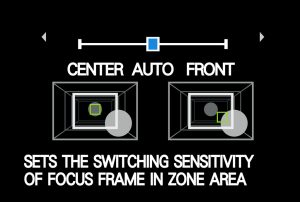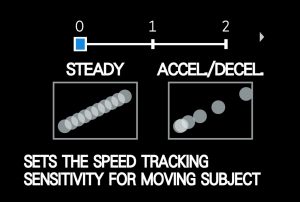After teasing the camera for months, Fujifilm has unveiled the final specifications and price of the GFX100, the company’s new flagship mirrorless medium format camera.
This model introduces a new sensor and lots of new features, including 5-axis stabilisation, phase detection autofocus and 4K video. Some of these features are actually a world’s first in the medium format category.
The GFX 50S in the meantime has not aged badly and can now be found for an attractive price. So how do the two compare? Let’s find out.
Ethics statement: The following is based on our personal experience with the GFX 50S and the press release for the GFX100. We were not asked to write anything about these products, nor were we provided with any sort of compensation. Within the article, there are affiliate links. If you buy something after clicking the link, we will receive a small commission. To know more about our ethics, you can visit our full disclosure page. Thank you!
1. Sensor
The two cameras sport a 43.8 x 32.9mm medium format sensor but as the names suggest, the GXF100 has more resolution: 102MP versus the 51.4 million pixels found on the 50S chip. Furthermore, the GFX100 sensor has a back-illuminated structure (BSI) for better light gathering.
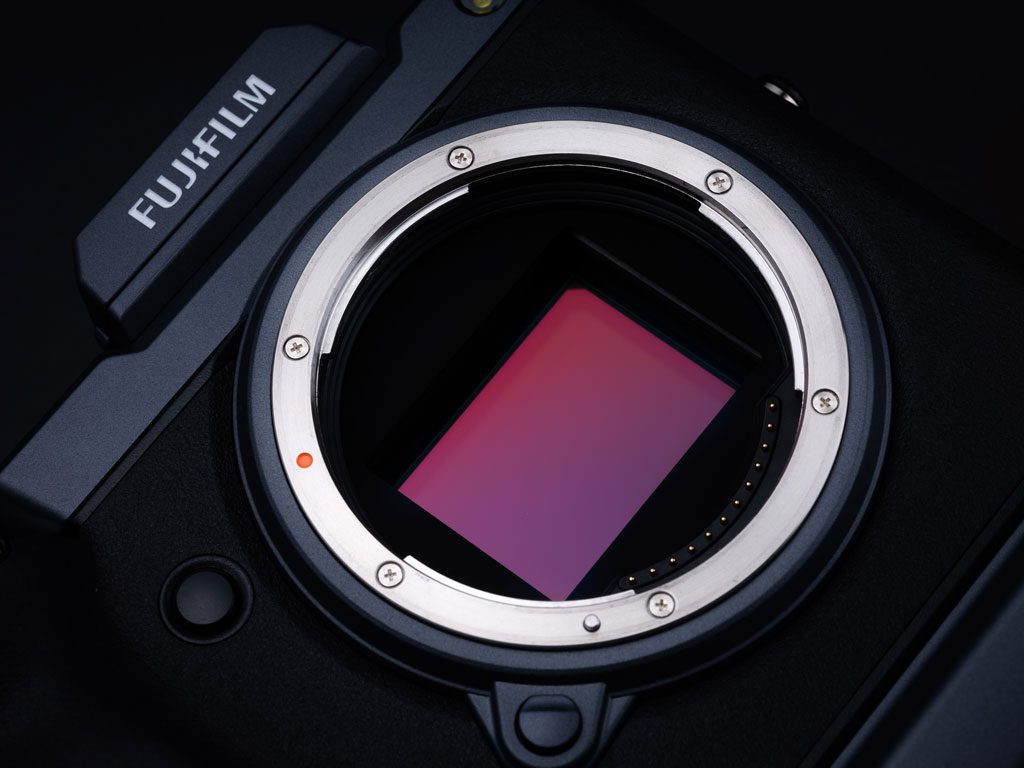
The new camera inherits the latest image processor (X-Processor 4 which is also found on the X-T3 and X-T30 APS-C models) and allows you to shoot 16-bit RAW and Tiff files. The GFX 50S on the other hand can record 14-bit RAW.
You will find various functions designed for image quality such as the film simulation modes and the colour chrome effect. The GFX100 has a new feature called Smooth Skin Effect. As the name implies, it is designed to improve skin rendering while shooting rather than spending time in post production. Of course we have yet to see how well this mode works.
As for sensitivity, it is the same with a normal range of 100 to 12800 ISO, pull values down to ISO 50 and push values up to ISO 102400. The lower megapixel count of the GFX 50S could have an advantage at high ISO levels, but we’re curious to see side by side images to assess how much of a difference there is.
2. Autofocus
The GFX100 features 3.78 million phase detection pixels distributed across the entire sensor surface. This is a big difference with the 50S camera that uses contrast detection instead.
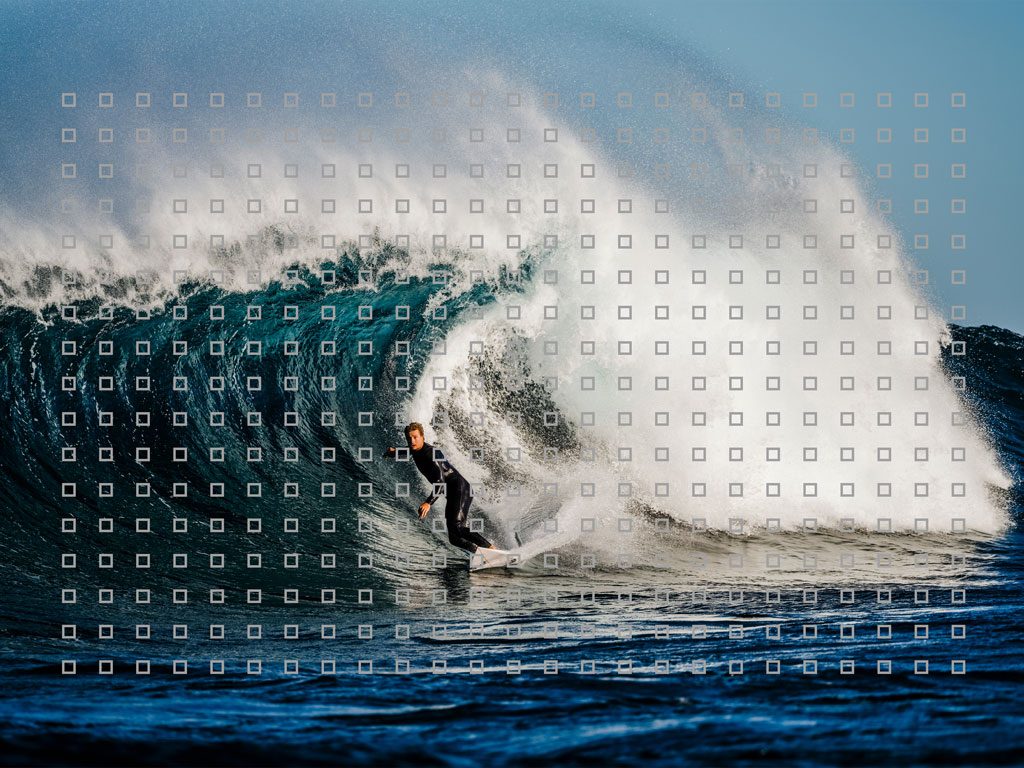
Fujifilm claims that the new product is twice as fast as the 50S and 50R models. The 102MP camera has the latest AF algorithm found on the X-T3 which means that Face and Eye detection also get better performance. The subject can be detected when further away from the camera (smaller in the frame) and you can choose which face to prioritise when multiple people are in your shot.

The AF area options are the same: you can select a 13×9 or 25×17 grid, as well as use Zone AF and Wide/Tracking. The single point can be adjusted to six different sizes.
Unlike the 50S, the GFX100 has six AF-C Custom Settings that are designed for different types of subjects to fine-tune the sensitivity and speed for optimal results. You can also tweak the settings manually.
When we tested the GFX 50S, we found its autofocus system good overall for a medium format camera but it definitely was too slow for moving subjects. Adding phase detection to the 100 model will certainly help with that.
3. Image Stabilisation
For the first time on a medium format camera, the GFX100 features 5-axis image stabilisation. The sensor can compensate for pitch, yaw, shift and roll movements. The official rating is 5.5Ev of compensation (CIPA standard).
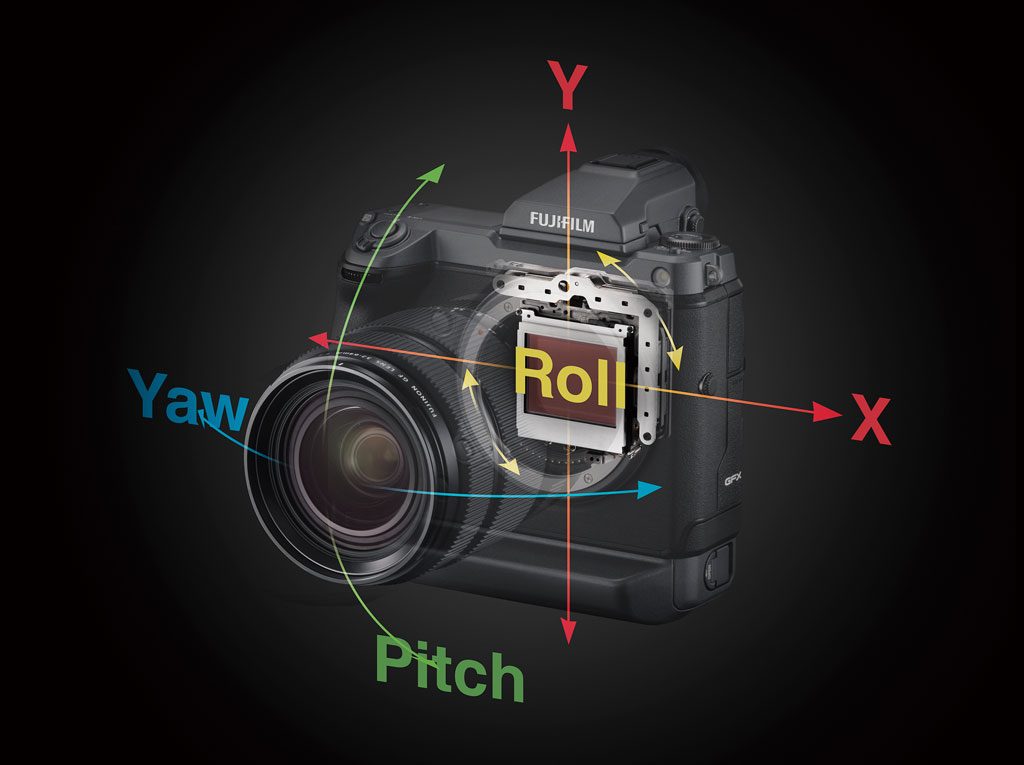
The GFX 50S doesn’t feature in-body stabilisation so you must rely on optical stabilisation of select lenses or the good old tripod.
4. Shutter and shooting speed
The GFX100 features an updated shutter with a shock absorption mechanism to avoid shutter shock issues.
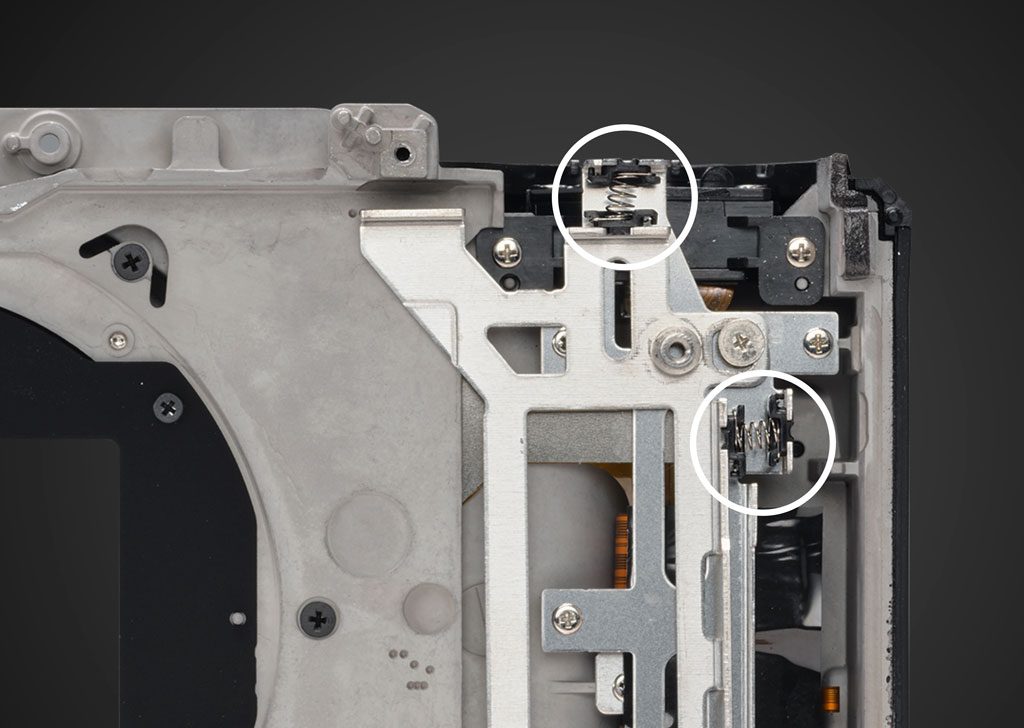
The camera can shoot up to 5fps in CH mode or 2fps in CL mode. The 50S model goes up to a maximum of 3fps.
You’ll find an electronic first curtain and an electronic shutter option on both cameras. The full electronic mode allows you to extend the shutter speed to 1/16,000s, whereas the mechanical is capped at 1/4000s.
5. Video
Medium format cameras are generally not the first weapon of choice for video making. The high price tag and poor video specs have kept the filmmaking crowd busy with other products. There have been a few exceptions like the Hasselblad H6D-100C which, while being very expensive, offers 4K recording at 24p in a proprietary RAW format. Now Fujifilm aims to make medium format video more appealing with the GFX100.
The camera can record 4K up to 30p. Internally it can do 8-bit 4:2:0 (H.264 codec) or 10-bit 4:2:0 (H.265 codec). Plug in an external recorder and you can get a 10-bit 4:2:2 feed out of the HDMI port. Note that you can record simultaneously to the memory card and an external recorder. Internal recording goes up to 400Mbps.
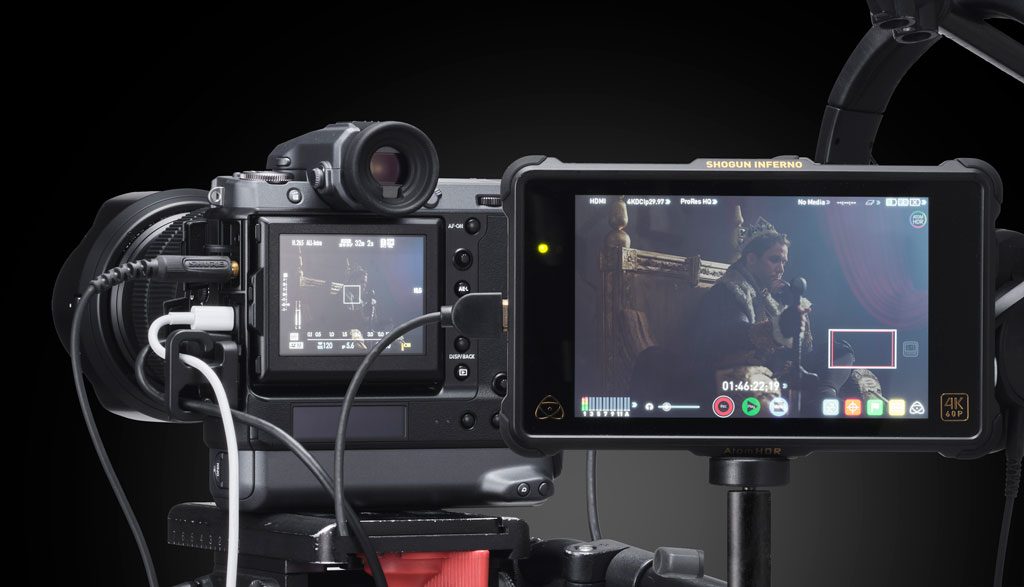
4K video is recorded with oversampling by using approximately 50.5 millions pixels which means you should get some pretty stunning details. Even more interestingly, the recording time is set to 60 minutes per clip (80min in 1080p).
You will find various settings seen on the latest APS-C models such as DCI (17:9 aspect ratio), the Eterna profile, F-Log and HLG gamma curves.
The GFX 50S is much more limited when it comes to video recording: you can shoot in Full HD up to 30p, 30 minutes and 36Mbps. It lacks some of the advanced settings you’ll find on the 100 model but it does have a mic input and headphone output just like the flagship camera.
6. Design
The GFX100 features a built-in vertical grip and that is the first main difference you’ll notice in comparison to the 50S model. It is larger and as you can imagine, heavier too.

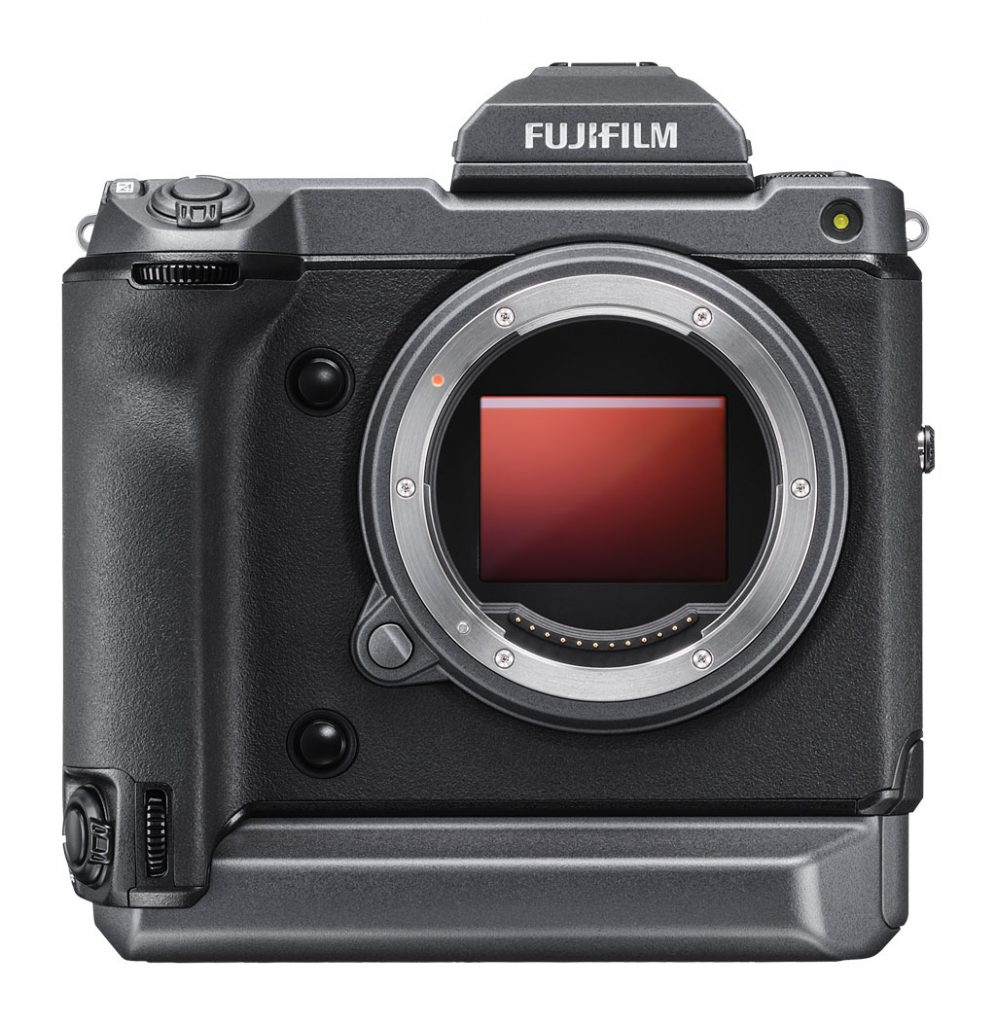
Both cameras have a magnesium alloy frame and are weather sealed against moisture, dust and cold temperatures (down to -10˚C). The GFX100 includes an inner frame structure that links the sensor, shift mechanism and mount in one unit.
The GFX100 has a newly designed feather mechanism for the shutter button that makes it more delicate and sensitive to subtle movements.
The 100 model ditches the physical ISO and shutter speed dials that are found on many Fuji cameras. They appear in a virtual form on the top LCD screen when changing the values with the front/rear command dials.
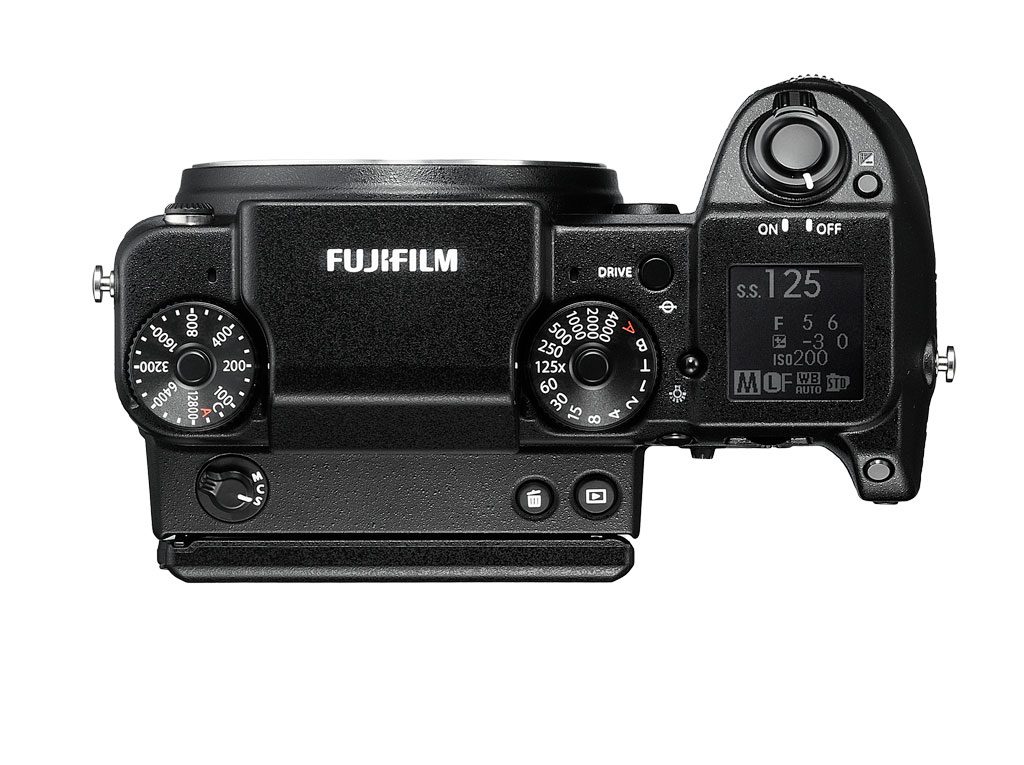
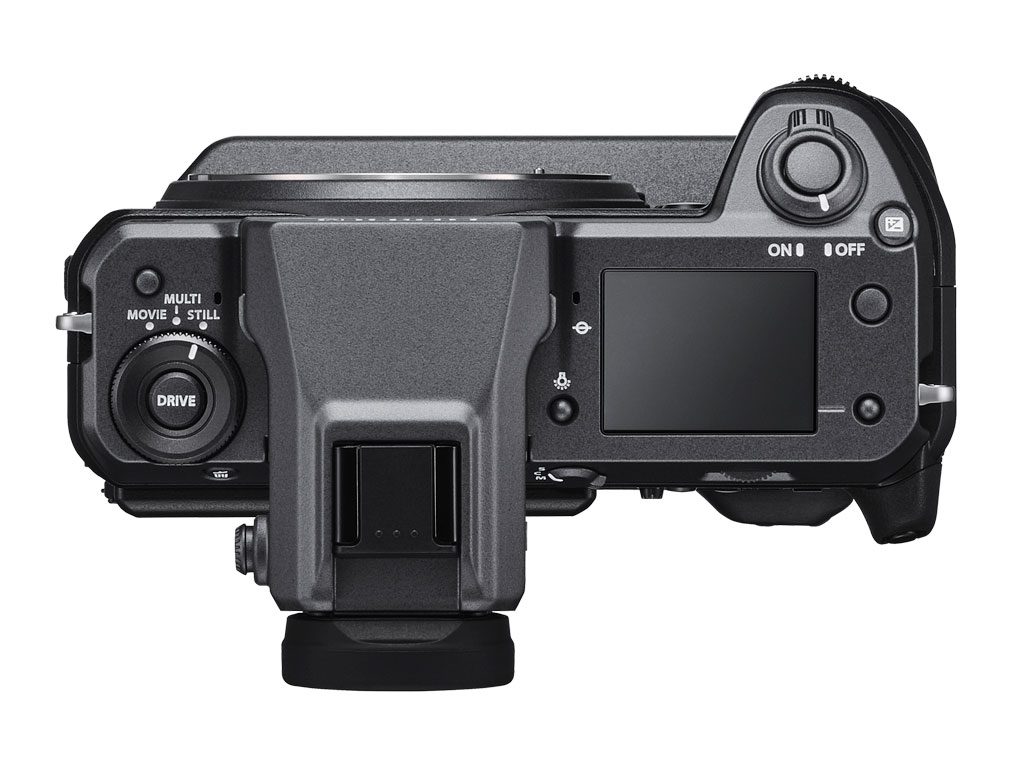
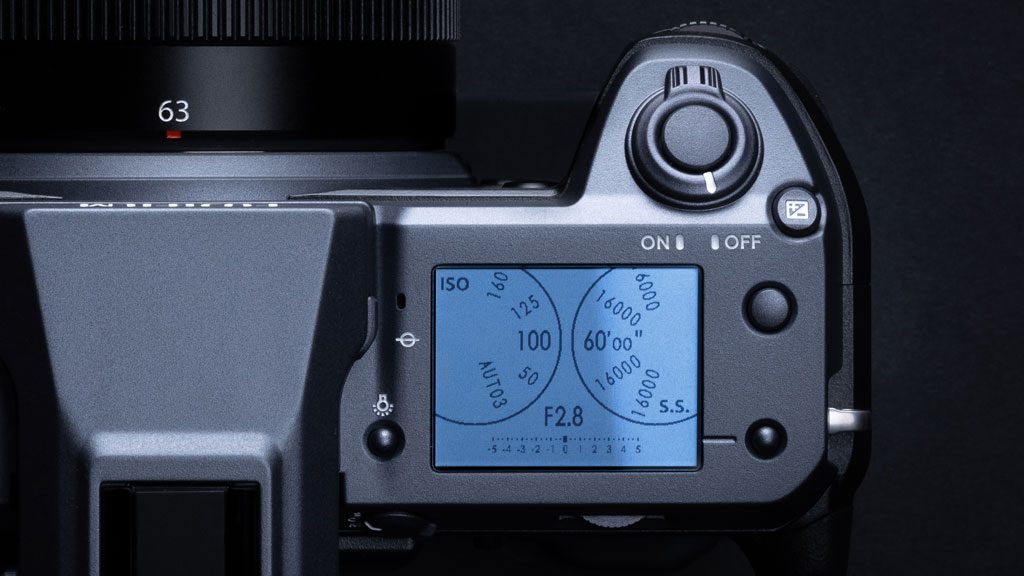
You’ll find a handy Still / Multi / Movie switch on top. On the rear, the AF joystick is used to navigate the menu and move the AF area, whereas the GFX 50S also has a traditional 4-way pad.
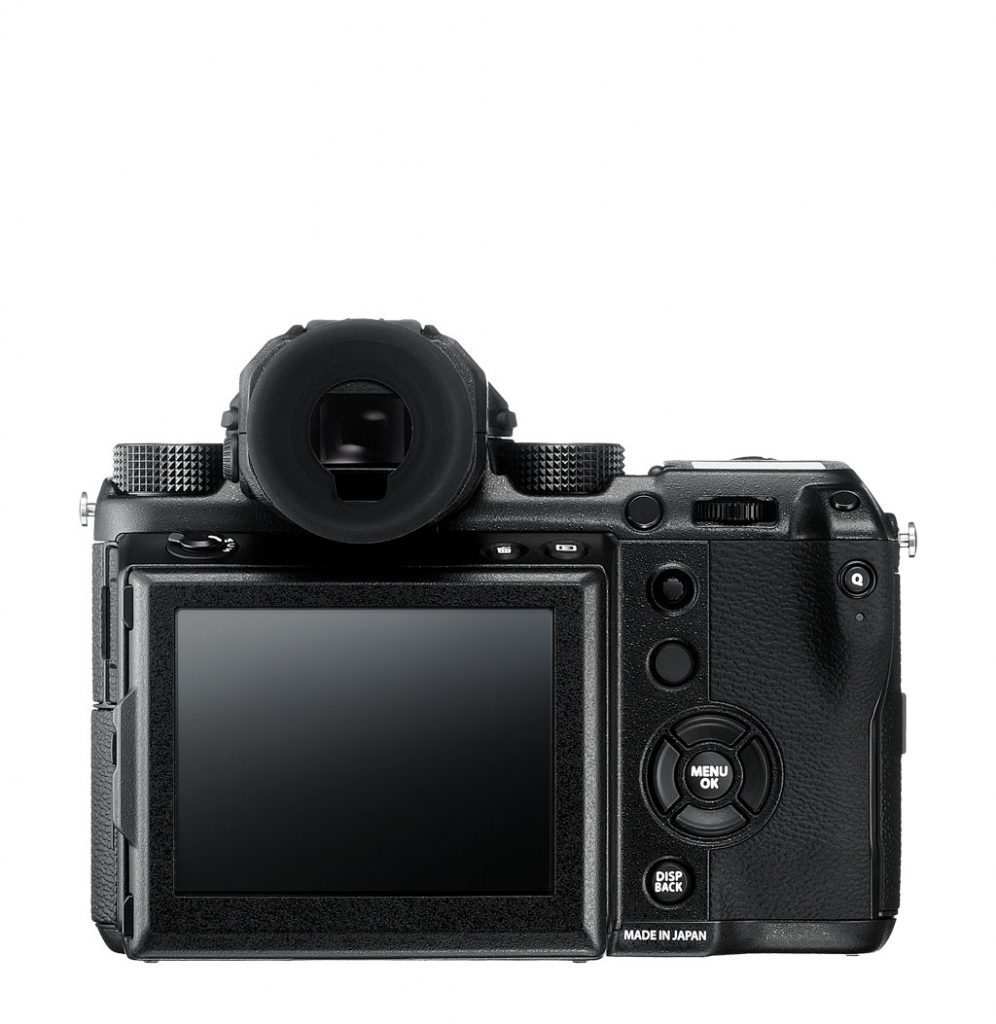
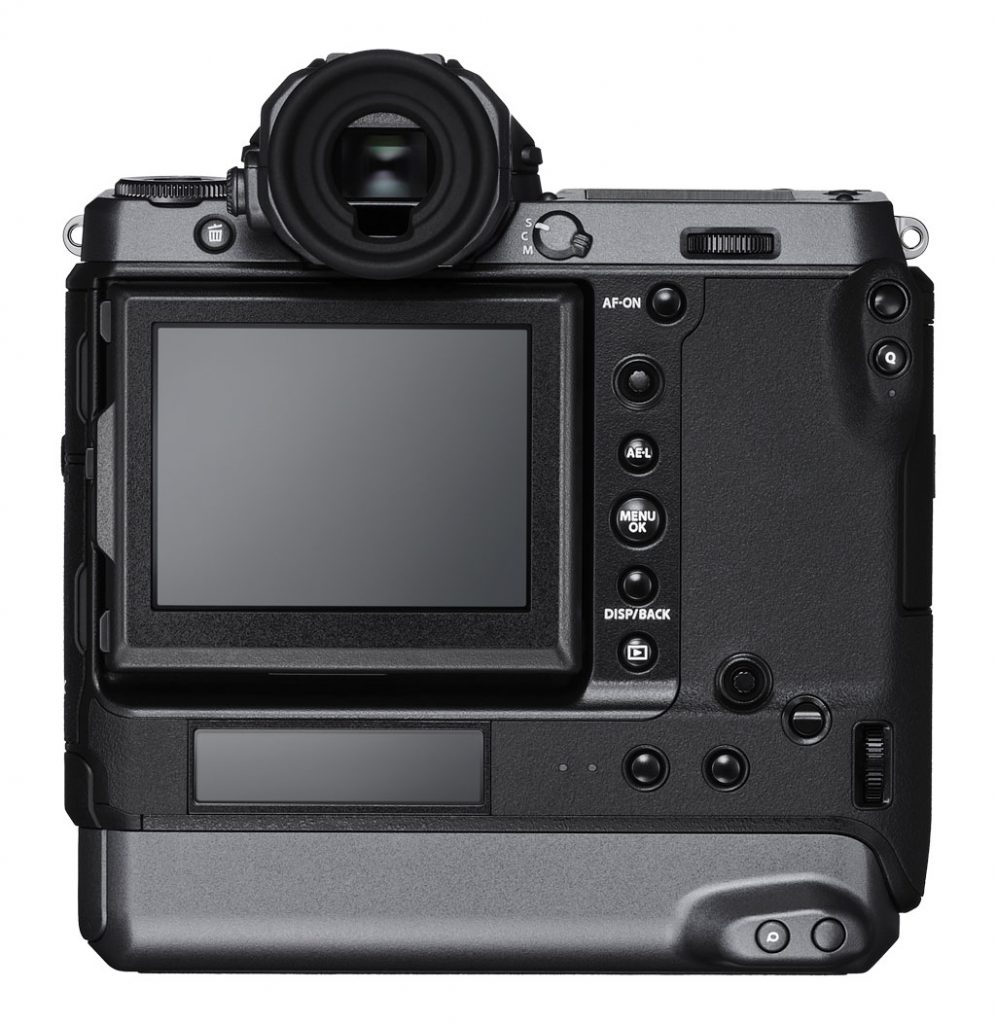
7. Monitors
Fujifilm has expanded the ease of use on the new camera by including 3 monitors.
On the rear, we find the same 3.2-inch LCD of the GFX 50S. You can tilt it in three directions: 90˚ upward, 45˚ downward and 60˚ to the right.
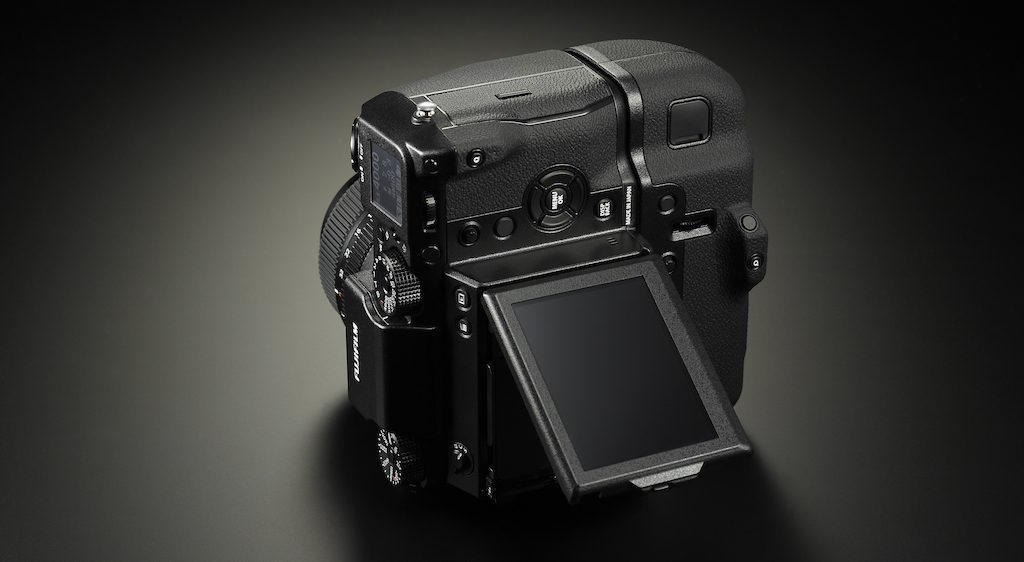
The monitor is touch sensitive and can be used for different things like taking a shot, moving the AF point or changing settings in the Q menu.
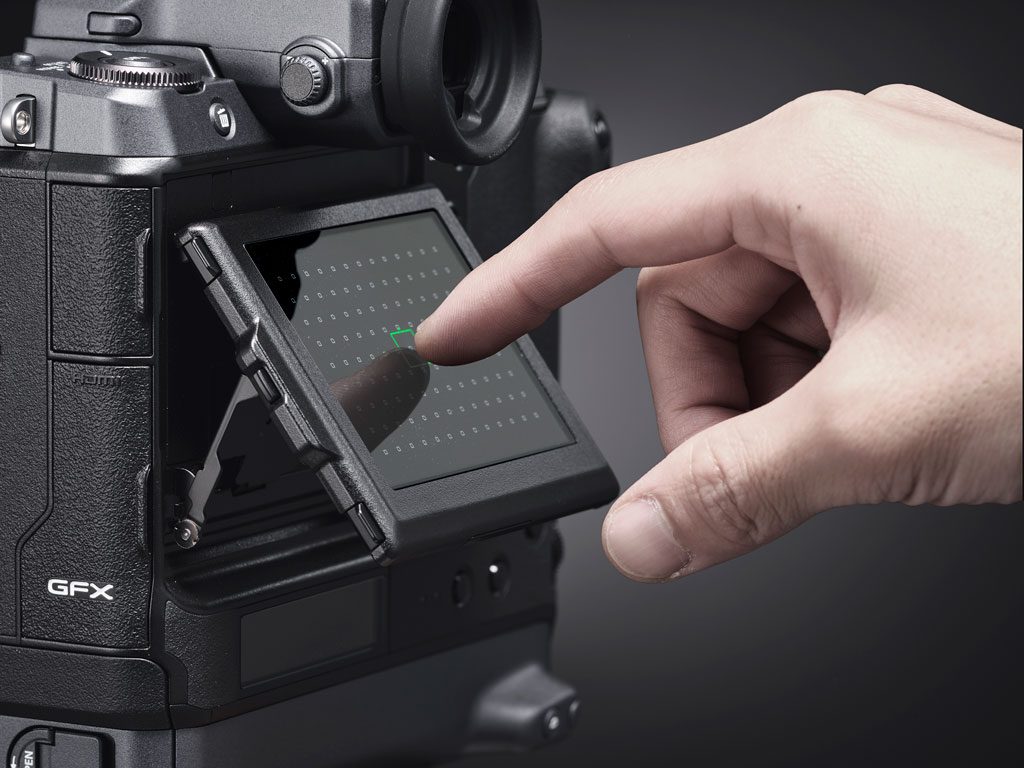
On top, both cameras feature a secondary monitor where you can check various settings. The one on the GFX100 is larger and offers additional customisation like displaying the histogram as well as the virtual exposure dials.
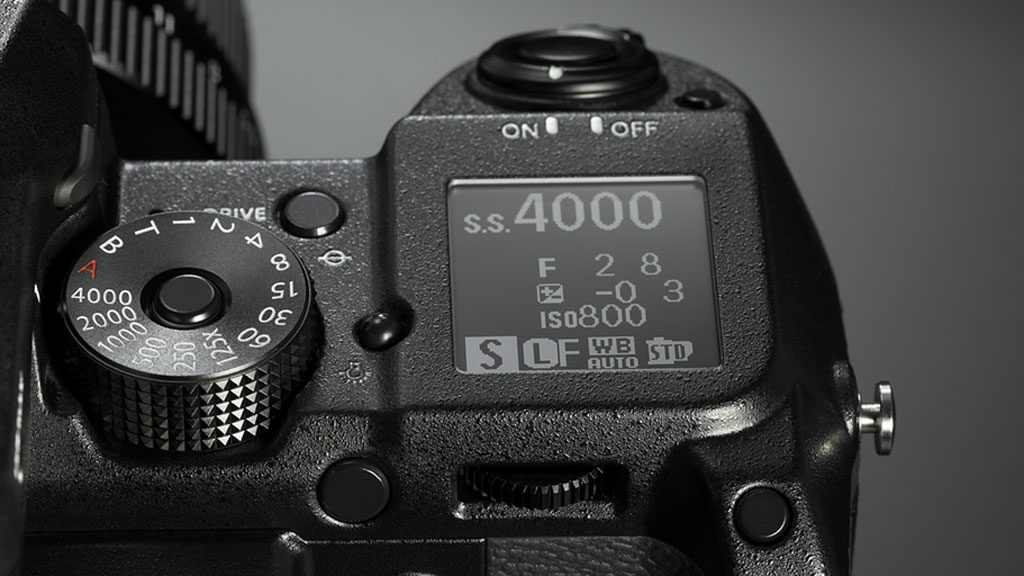
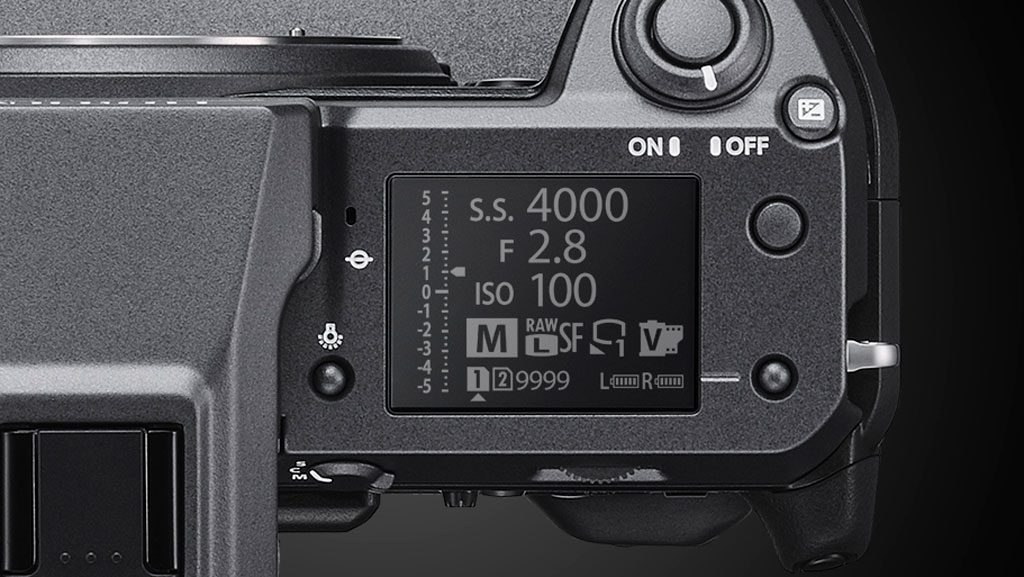
Finally the GFX100 has a third sub monitor on the rear, below the main tilting LCD. Here as well you can display a certain number of settings and the histogram. The idea behind this third monitor is to clear the main LCD from data and let you concentrate on the image.
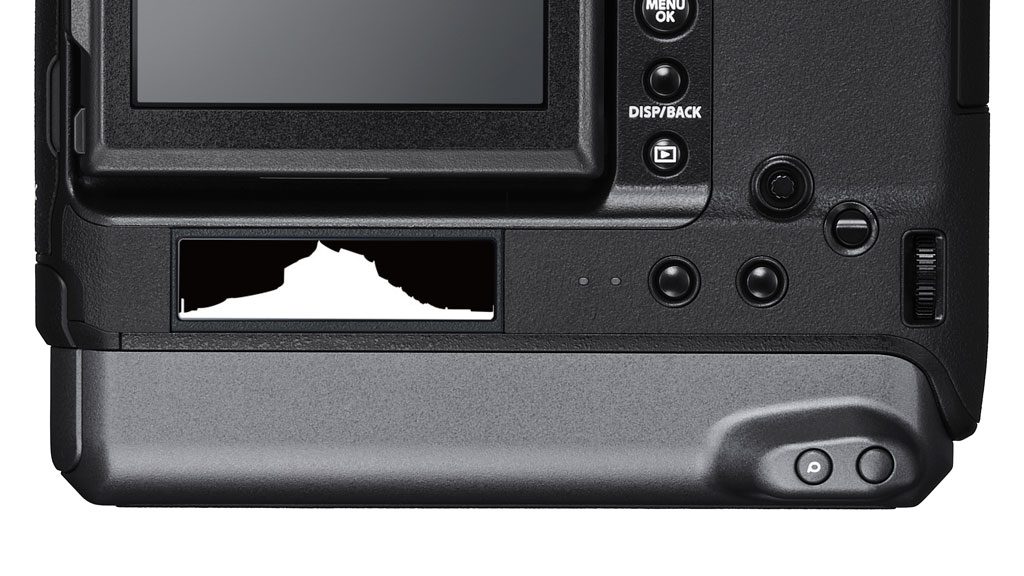
8. Viewfinder
The GFX100 features a new viewfinder with a 5.76 million dot OLED panel. Magnification is 0.86x and the refresh rate goes up to 85fps when the Boost mode is activated.
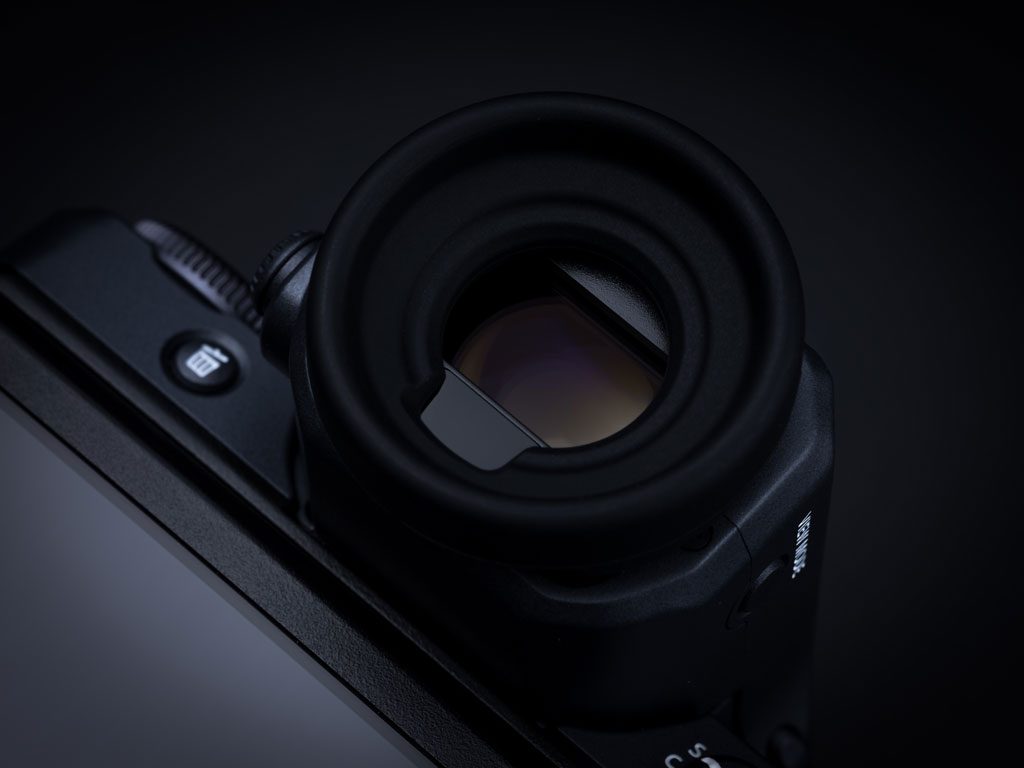
The 50S camera comes with a 3.69M dots EVF and a slightly smaller magnification of 0.85x. Both have a 23mm eye point.
The EVFs of both products can be detached and re-attached with the EVF-TL1 adapter that allows you to tilt the viewfinder into different positions. According to DPreview, the new EVF supplied with the GFX100 is not compatible with the 50S model.

9. Battery life
Thanks to its design, the GFX100 can accommodate two batteries, bringing the battery life up to approximately 800 shots (CIPA standard). With the optional VG-GFX1 battery grip, you can attain similar performance with the 50S. The two cameras use the same battery type.
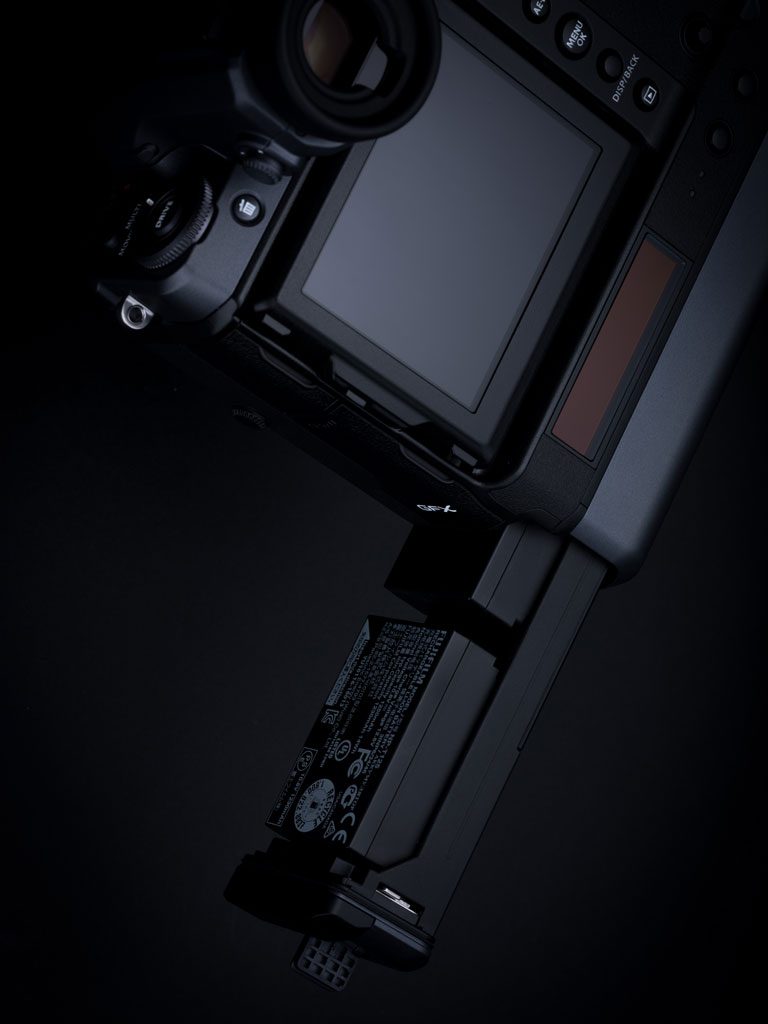
The GFX100 can be charged via its USB Type C port and can also be powered while in operation. If the Powerbank is powerful enough, it can also charge the batteries while the camera is on.
Finally, the GFX100 has a new section in the menu that allows you to check the battery age.
10. Price
The GFX100 is being launched with a retail price of $10,000 / £10,000 / €11,000.
The 50S is much less expensive and can be found for around $5500 / £5000 / €5550.
If you want an even less expensive option, there is the GFX 50R which has the same tech as the 50S but comes with a smaller “rangefinder like” design.
Conclusion
We were impressed by the quality of the GFX system (sensor + lens) so we have no doubt that the GFX100 can push the boundaries even further. The addition of phase detection AF will make the camera more reliable for a variety of subjects and I’m curious to try the video capabilities with this particular sensor.
There is no denying that the 50S feels like the better deal however because of its cost (almost half the price), and it’s unlikely that most portrait, landscape and still life photographers will take advantage of all the new features the 100 model has to offer.
But when it comes to elevating a system to the next level while maintaining a very competitive price, the GFX100 (and GFX system in general) looks like a very attractive proposition.
Reminder: the links below are affiliate links. If you decided to buy something after clicking the link, we will receive a small commission.
Check price of the GFX 50S on B&H Photo
Check price of the GFX100 on B&H Photo

